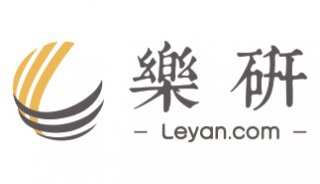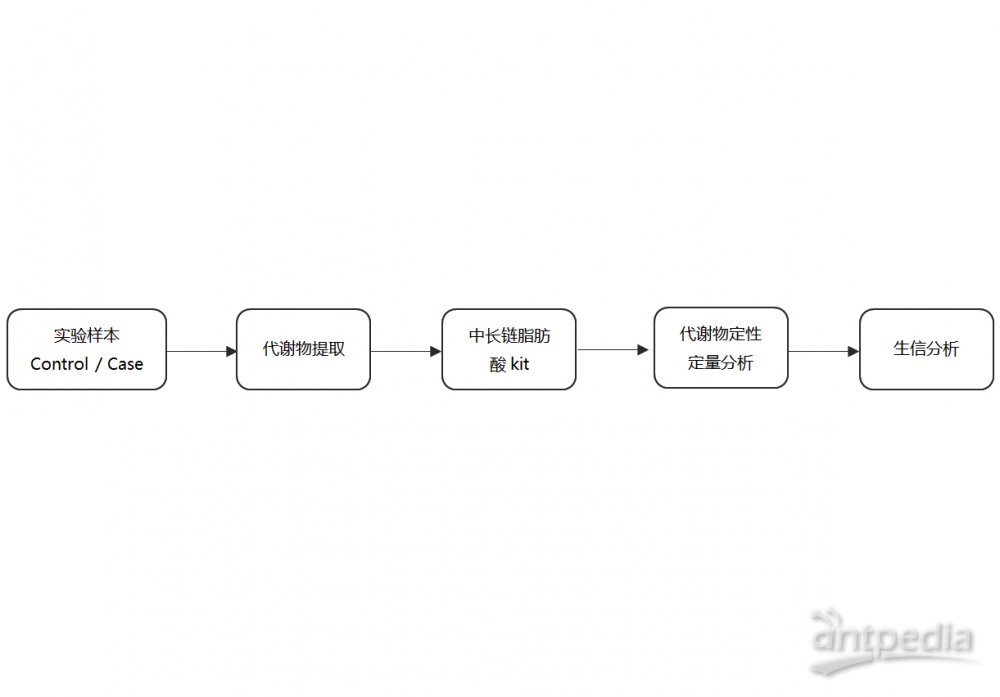Biosynthesis of isoleucine

Isoleucine is an essential amino acid, only synthesized in plants and bacteria, and required in the diet by animals. In proteins, the hydrophobic isoleucine side-chain tends to reside with other hydrophobic residues in the interior of globular proteins or in transmembrane domains. Isoleucine biosynthesis begins with the common metabolic intermediate pyruvate, the endpoint of glycolysis. The first step in isoleucine biosynthesis requires thiamine pyrophosphate to form a carbanion intermediate. Another component comes from the amino acid threonine, which is deaminated to produce alpha-ketobutyrate. Alpha-ketobutyrate and the TPP intermediate react to produce alpha-aceto-alpha-hydroxybutyrate that is isomerized, reduced and dehydrated to create alpha-keto-beta-methylvalerate. In the last step, valine aminotransferase transfers an amino group from glutamate to produce isoleucine. The isoleucine pathway is almost the same as the valine biosynthesis pathway, using the same enzymes, and varying primarily at the first step in the pathway. As a key enzyme in the synthesis of leucine, isoleucine and valine, acetolactate synthase is the target of several herbicides and mutation of this enzyme is responsible in some cases for the development of herbicide resistance.
Contributor:



















